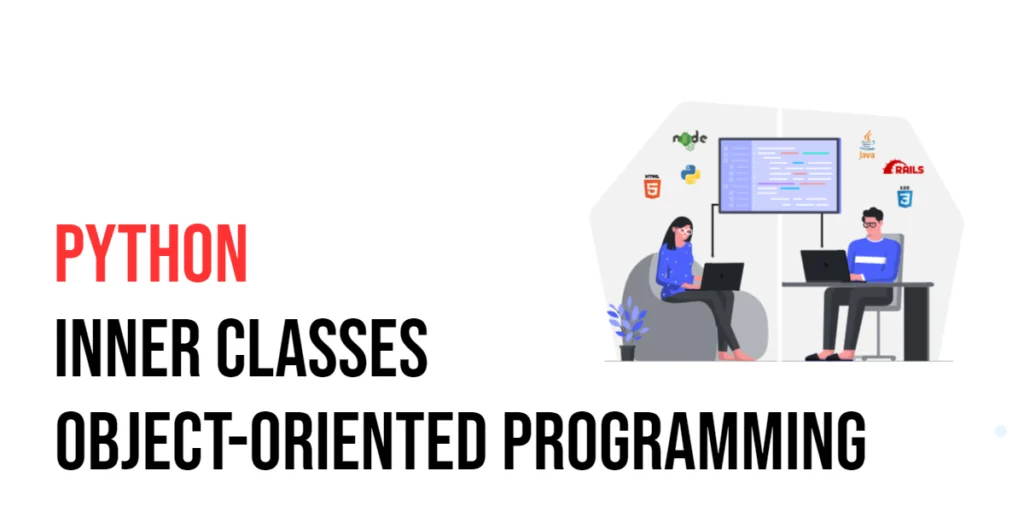Finding the maximum and minimum elements in a dataset is a common task in programming. It helps in analyzing numerical data, making decisions, and performing calculations like normalization or statistical analysis. In C++, there are multiple ways to accomplish this, from simple loops to using built-in algorithms. This article will guide beginners through practical methods to find maximum and minimum elements in a dataset, making it easy to understand and apply.

with hands-on learning.
get the skills and confidence to land your next move.
Program 1: Using a Simple Loop
This program demonstrates how to find the maximum and minimum elements in an array using a simple loop. It is a beginner-friendly method that introduces arrays and iterative comparisons.
#include <iostream>
using namespace std;
int main() {
int dataset[] {15, 42, 7, 98, 23, 56};
int size = sizeof(dataset) / sizeof(dataset[0]);
int maximum = dataset[0];
int minimum = dataset[0];
for(int i = 1; i < size; i++) {
if(dataset[i] > maximum) maximum = dataset[i];
if(dataset[i] < minimum) minimum = dataset[i];
}
cout << "Maximum element: " << maximum << endl;
cout << "Minimum element: " << minimum << endl;
return 0;
}In this approach, the program initializes maximum and minimum with the first element of the array. It then iterates through the dataset, updating these values whenever it finds a larger or smaller number. Beginners can see how loops and conditional checks work together to process data efficiently.
Program 2: Using the for_each Algorithm
C++ offers the for_each algorithm to traverse datasets in a cleaner way. This program shows how to find maximum and minimum elements using for_each along with lambda functions.
#include <iostream>
#include <algorithm>
using namespace std;
int main() {
int dataset[] {15, 42, 7, 98, 23, 56};
int size = sizeof(dataset) / sizeof(dataset[0]);
int maximum = dataset[0];
int minimum = dataset[0];
for_each(dataset, dataset + size, [&](int num){
if(num > maximum) maximum = num;
if(num < minimum) minimum = num;
});
cout << "Maximum element: " << maximum << endl;
cout << "Minimum element: " << minimum << endl;
return 0;
}Here, for_each iterates over each element, and the lambda function updates the maximum and minimum values as needed. Beginners can learn how to leverage standard algorithms for clearer and more maintainable code.
Program 3: Using max_element and min_element Functions
The <algorithm> library provides max_element and min_element functions that directly return iterators to the largest and smallest elements. This method is concise and highly recommended for production code.
#include <iostream>
#include <algorithm>
using namespace std;
int main() {
int dataset[] {15, 42, 7, 98, 23, 56};
int size = sizeof(dataset) / sizeof(dataset[0]);
int maximum = *max_element(dataset, dataset + size);
int minimum = *min_element(dataset, dataset + size);
cout << "Maximum element: " << maximum << endl;
cout << "Minimum element: " << minimum << endl;
return 0;
}By using these functions, you don’t have to manually write loops or comparisons. This approach shows beginners the power of C++’s standard library in handling common tasks efficiently.
Program 4: Using Recursion
Recursion can also be used to find maximum and minimum elements in a dataset. This approach is educational and helps beginners understand recursive thinking.
#include <iostream>
using namespace std;
int findMax(int arr[], int n) {
if(n == 1) return arr[0];
return max(arr[n-1], findMax(arr, n-1));
}
int findMin(int arr[], int n) {
if(n == 1) return arr[0];
return min(arr[n-1], findMin(arr, n-1));
}
int main() {
int dataset[] {15, 42, 7, 98, 23, 56};
int size = sizeof(dataset) / sizeof(dataset[0]);
cout << "Maximum element: " << findMax(dataset, size) << endl;
cout << "Minimum element: " << findMin(dataset, size) << endl;
return 0;
}This program recursively finds the largest and smallest elements by comparing the last element with the maximum or minimum of the remaining array. Beginners get a practical example of recursion in a numerical context.
Program 5: Using Vectors
This program uses std::vector to store the dataset and finds the maximum and minimum elements using max_element and min_element. Vectors are dynamic arrays, making them more flexible than traditional arrays.
#include <iostream>
#include <vector>
#include <algorithm>
using namespace std;
int main() {
vector<int> dataset {15, 42, 7, 98, 23, 56};
int maximum = *max_element(dataset.begin(), dataset.end());
int minimum = *min_element(dataset.begin(), dataset.end());
cout << "Maximum element: " << maximum << endl;
cout << "Minimum element: " << minimum << endl;
return 0;
}In this program, the dataset is stored in a vector. Using dataset.begin() and dataset.end(), the max_element and min_element functions efficiently find the largest and smallest numbers. Beginners can see how vectors simplify memory management and make code more readable.
Program 6: Using for_each with Vectors
This program demonstrates how to iterate through a vector using for_each and find the maximum and minimum values manually. It’s useful for beginners to understand how STL algorithms work alongside custom logic.
#include <iostream>
#include <vector>
#include <algorithm>
using namespace std;
int main() {
vector<int> dataset {15, 42, 7, 98, 23, 56};
int maximum = dataset[0];
int minimum = dataset[0];
for_each(dataset.begin(), dataset.end(), [&](int num) {
if (num > maximum) maximum = num;
if (num < minimum) minimum = num;
});
cout << "Maximum element: " << maximum << endl;
cout << "Minimum element: " << minimum << endl;
return 0;
}Here, for_each iterates over each element of the vector. A lambda function checks each number, updating the maximum and minimum values. This approach introduces beginners to functional-style programming while maintaining simple logic.
Program 7: Using reduce (C++17 and above)
This program uses reduce from <numeric> to compute maximum and minimum values in a dataset. reduce is particularly powerful for larger datasets and parallel computation.
#include <iostream>
#include <vector>
#include <numeric>
#include <algorithm>
using namespace std;
int main() {
vector<int> dataset {15, 42, 7, 98, 23, 56};
int maximum = reduce(dataset.begin() + 1, dataset.end(), dataset[0],
[](int a, int b){ return a > b ? a : b; });
int minimum = reduce(dataset.begin() + 1, dataset.end(), dataset[0],
[](int a, int b){ return a < b ? a : b; });
cout << "Maximum element: " << maximum << endl;
cout << "Minimum element: " << minimum << endl;
return 0;
}In this program, reduce takes an initial value and a lambda function to determine how elements are combined. Here, it compares elements to find the maximum or minimum. This approach is efficient and demonstrates modern C++ techniques for beginners to learn.
Frequently Asked Questions (FAQ)
Q1: Can we use these methods for vectors instead of arrays?
Yes, for_each, max_element, and min_element work perfectly with std::vector as well.
Q2: Which method is best for large datasets?
Using max_element and min_element is efficient and clean, especially for large datasets. Loops are also fine but more verbose.
Q3: Are recursion methods efficient for big arrays?
Recursion works, but for very large datasets, it may cause stack overflow. Iterative methods are safer for production.
Q4: Can we find both maximum and minimum in a single pass?
Yes, all programs above show how to find both in a single iteration over the dataset.
Conclusion
Finding the maximum and minimum elements in a dataset is a crucial skill for anyone learning C++. Whether you use simple loops, for_each, library functions, or recursion, understanding these methods improves problem-solving skills and introduces important programming concepts. Beginners should practice with arrays, vectors, and different algorithms to strengthen their understanding of data handling in C++.
Additional & References
Exploring multiple methods to find maximum and minimum elements helps beginners understand iteration, recursion, and standard library usage. Experimenting with larger datasets and different containers like vectors or lists provides deeper insight.
- C++ Reference –
<algorithm>– Official documentation formax_element,min_element, and other algorithms. - GeeksforGeeks – Maximum and Minimum in Array – Step-by-step guide with examples.
- Programiz – C++ Arrays – Beginner-friendly array tutorials.
- LearnCpp – Standard Algorithms – Detailed explanation of STL algorithms.
- W3Schools C++ – Quick reference and practical examples for beginners.







